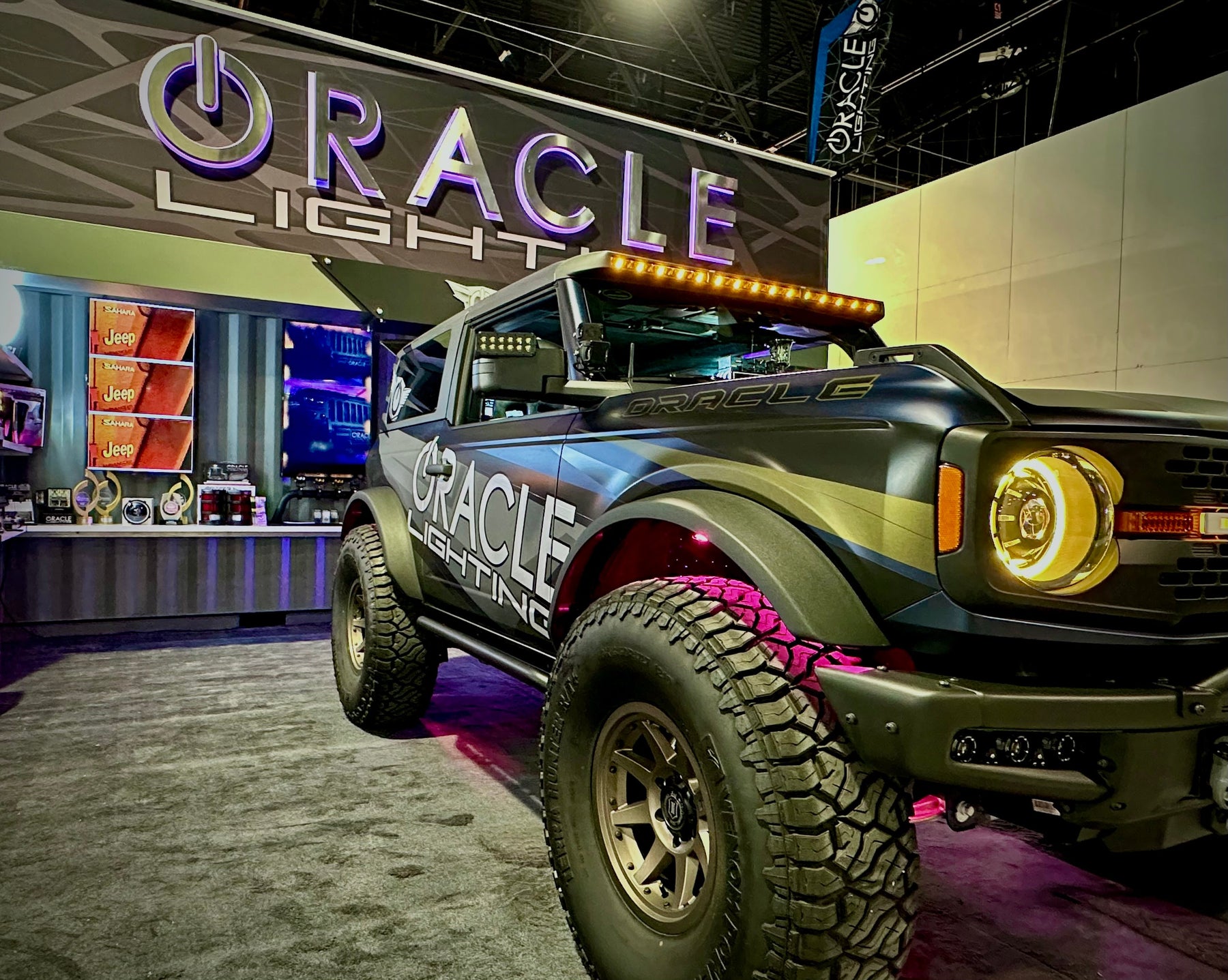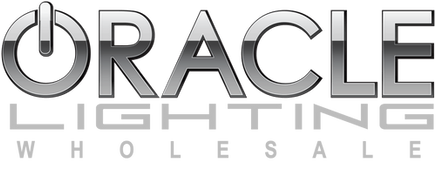
Behind the Scenes: Designing Cutting-Edge Lighting with Justin Hartenstein of ORACLE Lighting Part 1
This is the first installment of a two-part series diving deep into the world of cutting-edge automotive lighting design at ORACLE Lighting. In this series, we’ll explore the creative process, challenges, and future innovations with Justin Hartenstein, the mastermind behind ORACLE’s groundbreaking products. From his journey into the industry to the team’s vision for the future, this behind-the-scenes look offers an exclusive glimpse into what it takes to lead in automotive lighting innovation.
For over 25 years, Justin Hartenstein has been at the forefront of innovation in the automotive lighting industry. As the leader of product development at ORACLE Lighting, Justin has not only created groundbreaking products but has also transformed the way enthusiasts think about aftermarket automotive lighting. In this exclusive behind-the-scenes look, Justin shares his journey, the design process at ORACLE, and his vision for the future of automotive lighting.

A Bright Idea Is Born
Justin’s passion for automotive lighting was sparked by necessity and creativity. “25 years ago, I had an interest in automobiles and electronics,” he recalls. “at the time I was in college studying to be an engineer. I would often build parts that I wanted to use for my own vehicle. Not always because I wanted to but because my car would break constantly and, as a broke college student, I had no money to pay someone to fix it- which really forced me to become a tinkerer.” This tinkering led him to design and build parts for his own vehicle, including a lighting product that he shared on an early online message board.
“I posted some photos of a lighting product that I had designed and built for my car and almost immediately I had someone offer to buy it from me.” Justin says. What started as a simple transaction soon evolved into a business model: selling prototypes, reinvesting in new builds, and expanding production. Even in the infancy the internet proved to be a powerful tool, and ORACLE Lighting was born in 1999, and Justin’s passion turned into a thriving career.
How Does an ORACLE Lighting Design Begin?
At ORACLE Lighting, the design process starts with identifying opportunities in the market. Justin explains, “While most of our products are a ‘want’ rather than a ‘need,’ we rely heavily on market research to guide us. SEMA provides detailed industry data, which helps us evaluate trends and sub-markets.”
The team prioritizes vehicles with high levels of enthusiast ownership. “Let's say the Toyota Camry is the most popular vehicle in the United States, that's great but few Camry owners are what we call “enthusiasts” which means they are less likely to spend money on aftermarket parts to improve the performance or styling of their vehicle.” Instead, our team focuses on vehicles like Jeeps and trucks, where owners are passionate about personalization and performance. This strategic approach allows ORACLE Lighting to target markets that align with their expertise and customer base.
Technology: Driving Innovation
Technology plays a pivotal role in pushing the boundaries of lighting design. “Advances in high performance LEDs, lasers, and OLEDs have made lights brighter, more efficient,” Justin notes.
For off-road vehicles like Jeeps, specialized lighting—such as LED bars and auxiliary lights—is essential for visibility and safety in extreme conditions. Justin also highlights the impact of modern systems like adaptive headlights and matrix LEDs, which adjust in real-time for optimal visibility without blinding other drivers. It’s amazing how far lighting technology has come in terms of functionality, aesthetics, and safety.
Overcoming Design Challenges
One of the most significant challenges in designing lighting solutions is creating a “want” product that solves a problem that customers don’t yet realize they have. “The easiest way to do this is to improve on an existing system weaknesses,” Justin explains. “For example, it could be as simple as the cargo area lighting of a certain model vehicle may not be adequate to see at night, we can implement an improvement to that.”
Another challenge is balancing functionality with aesthetics. “We start by focusing on the primary purpose of the product—delivering exceptional lighting performance and the overall user experience.” Justin says. “Once we’ve locked down functionality, we turn our attention to aesthetics. Automotive lighting isn’t just a utility; it’s an expression of style and personality. We carefully design each product to complement the lines of the vehicle and align with modern trends, such as sleek housings, dynamic animations, or customizable color options… giving customers the best of both worlds.”
The Role of Customer Feedback
Customer feedback is integral to ORACLE Lighting’s design process. “We actively listen to our customers through reviews, surveys, and conversations at events,” Justin says. “When a customer tells us they want brighter, more durable lights for off-road adventures or asks for more customizable options for interior lighting, we take that feedback seriously and use it to refine our designs.”
This customer-centric approach not only fosters loyalty but also inspires innovation. “If customers mention a particular feature they love—or something they feel could be better—it’s a chance for us to evolve and create solutions that exceed their expectations,” Justin adds.
Wrapping Up Part One
As we’ve seen, the journey of designing cutting-edge lighting at ORACLE Lighting is deeply rooted in passion, innovation, and customer collaboration. Justin Hartenstein and his team have built a process that combines market research, technology, and user feedback to create products that are both functional and stylish. Stay tuned for Part Two, where we’ll dive even deeper into ORACLE Lighting’s visionary projects and what the future holds for automotive lighting.
